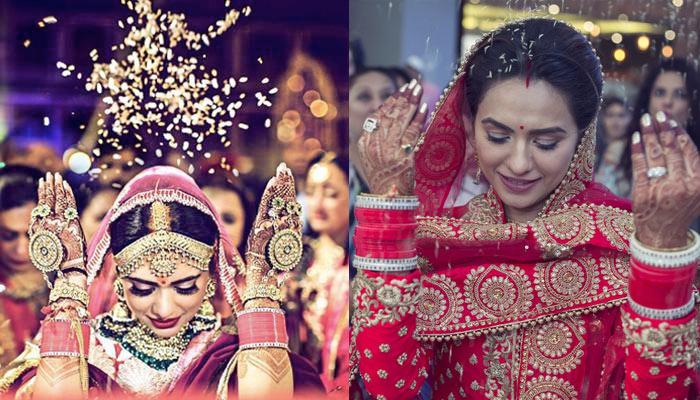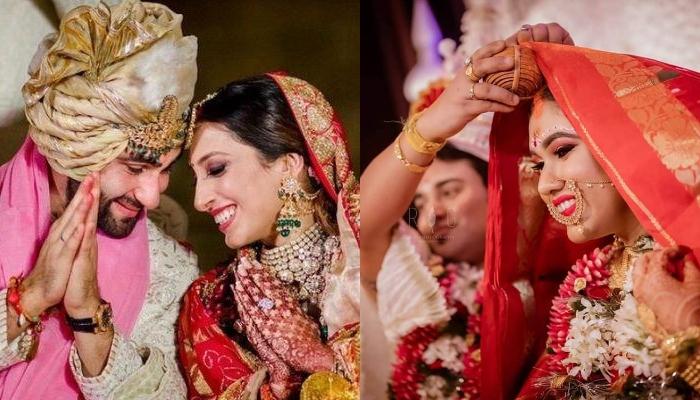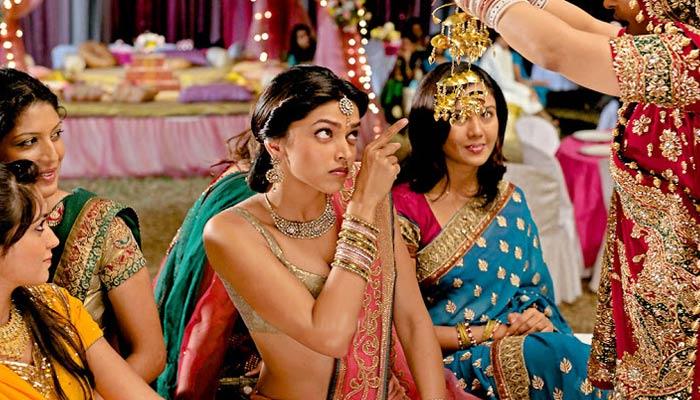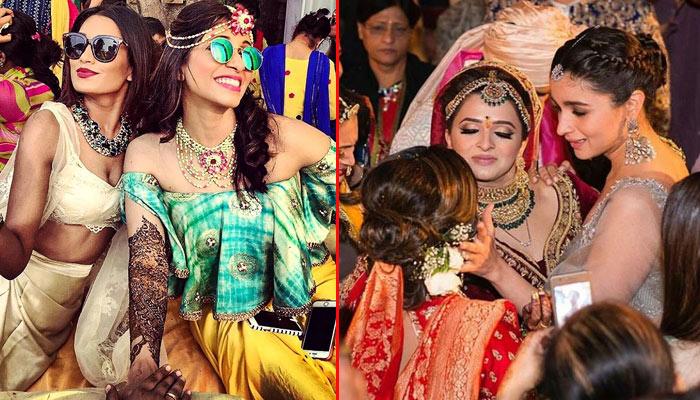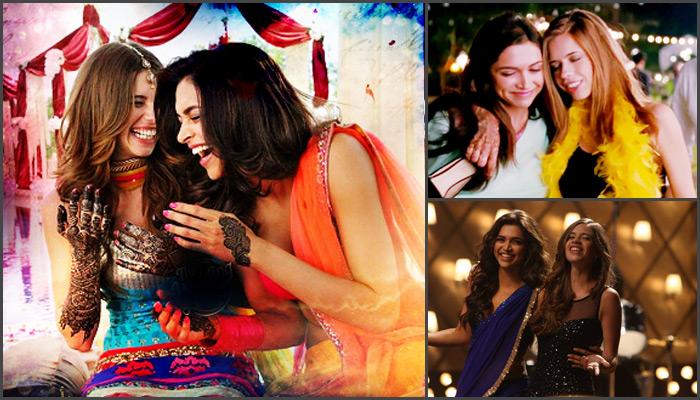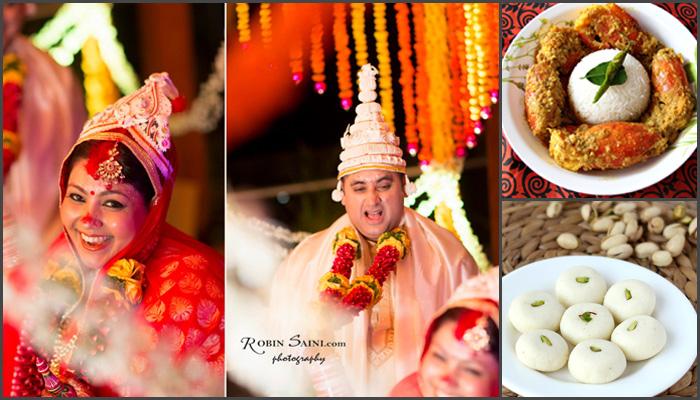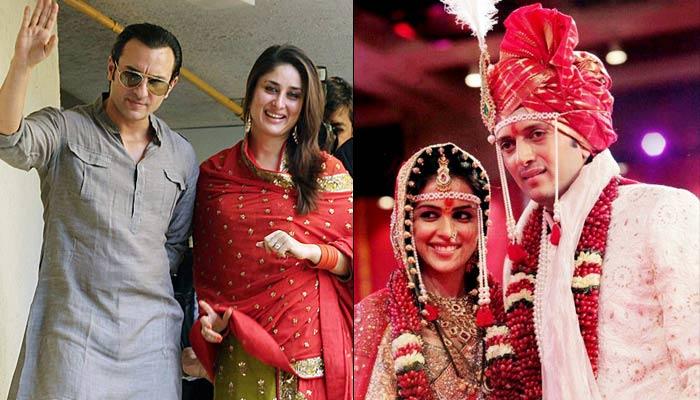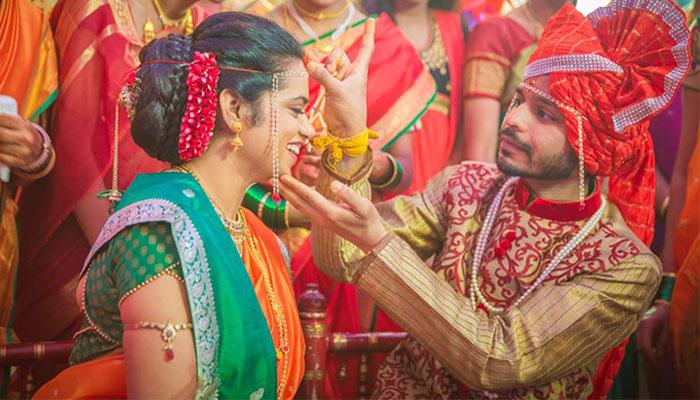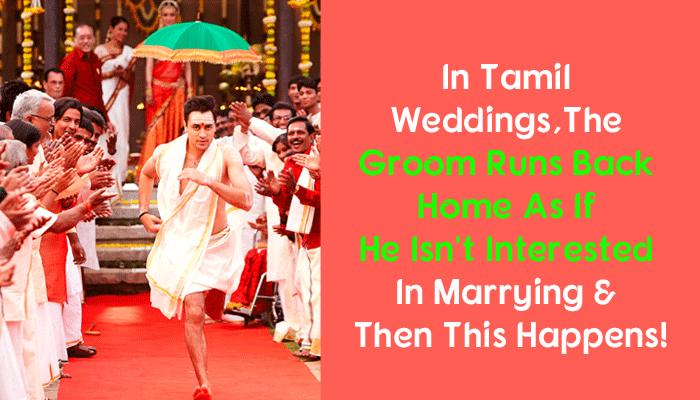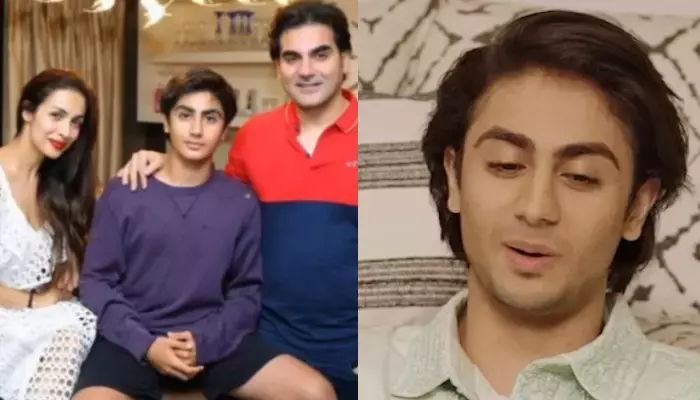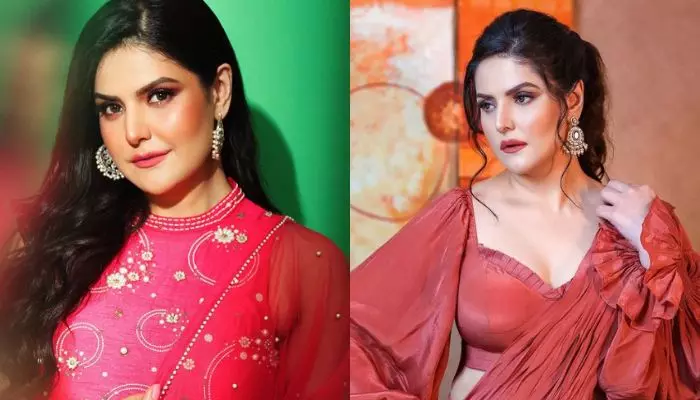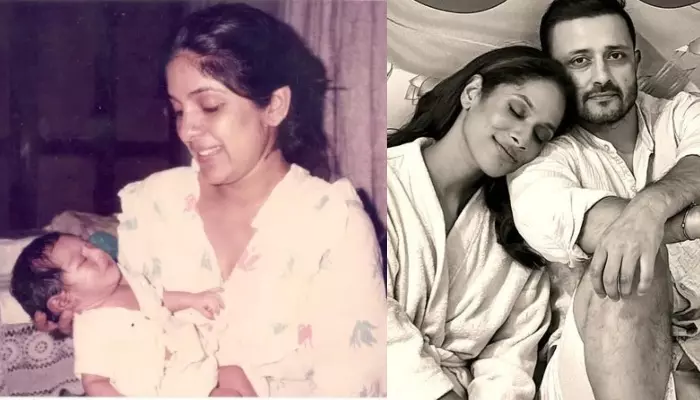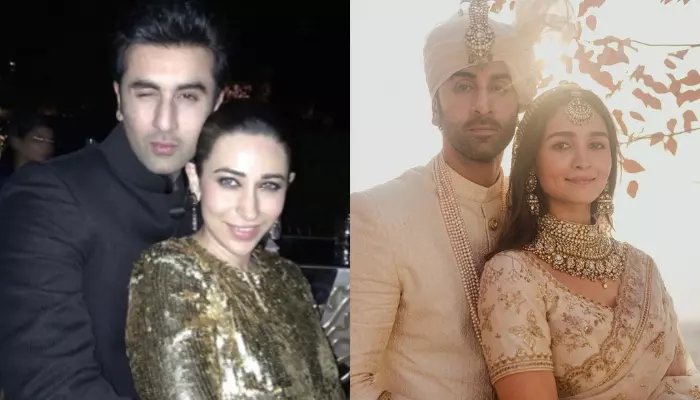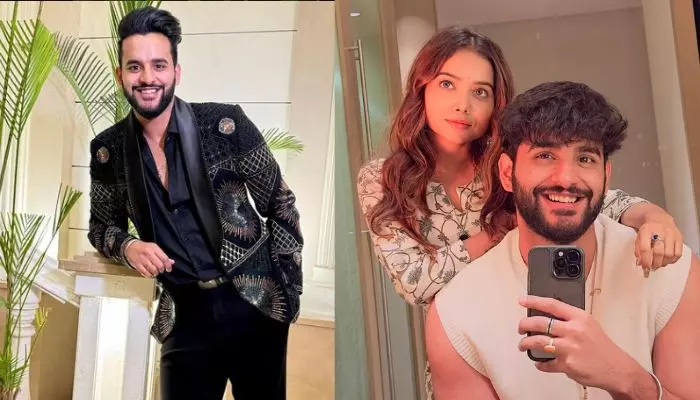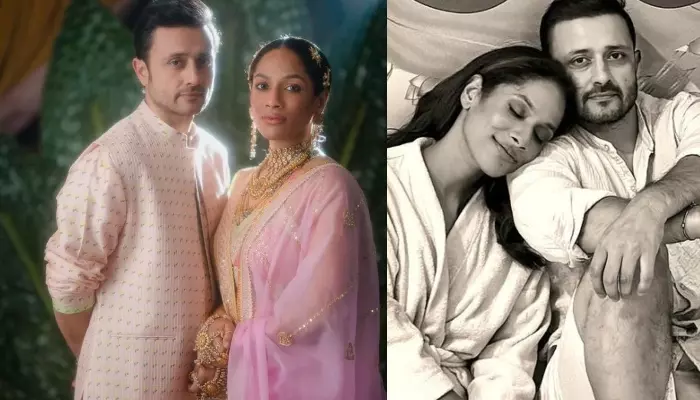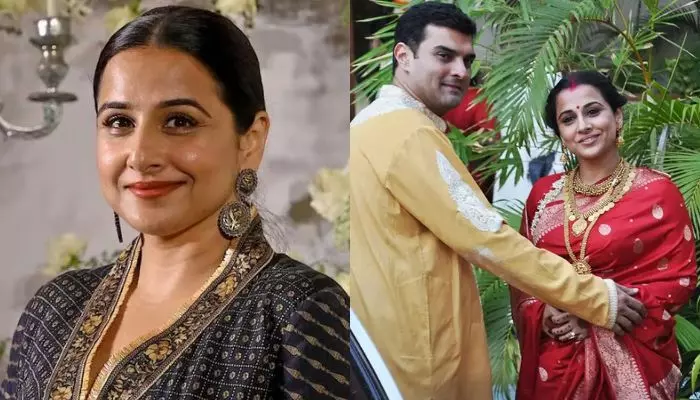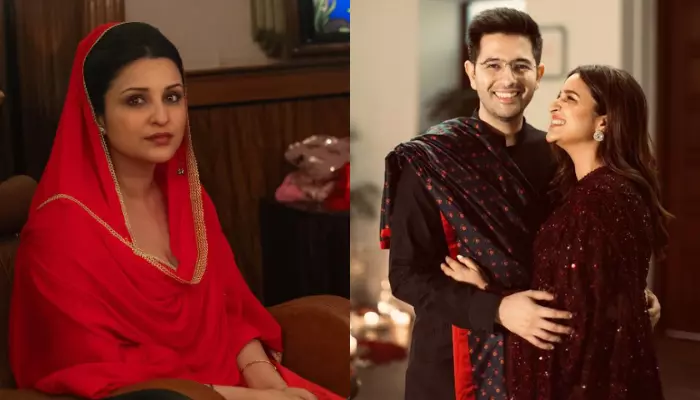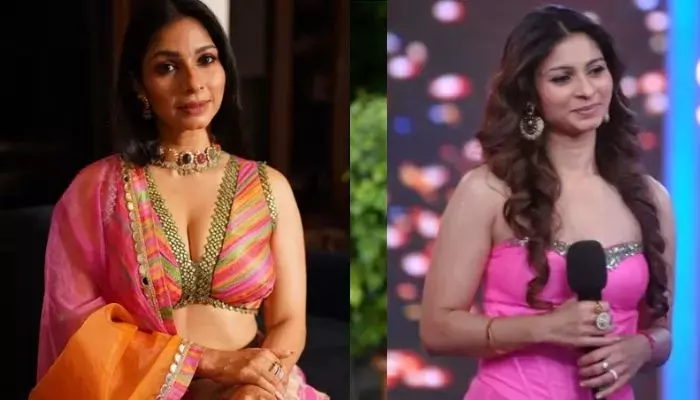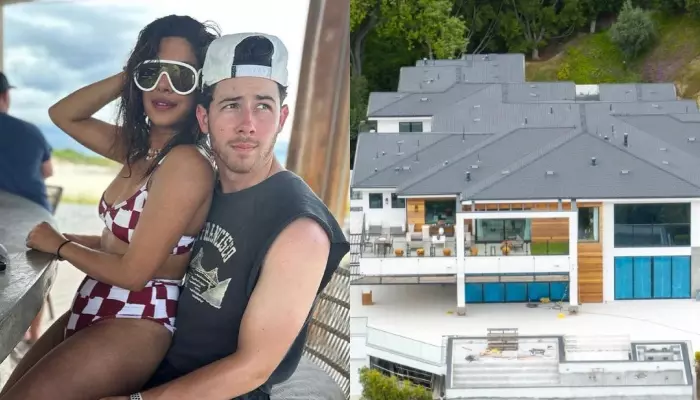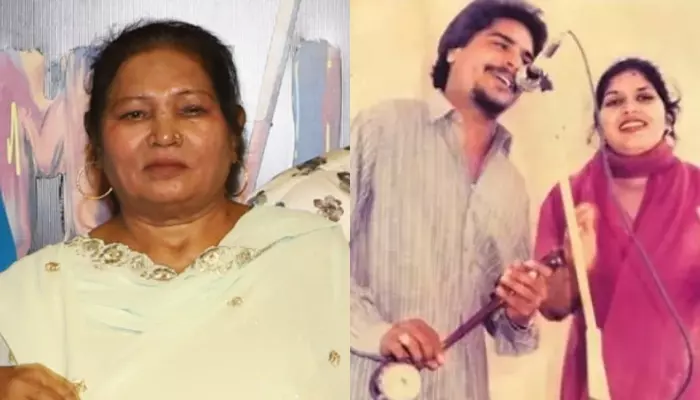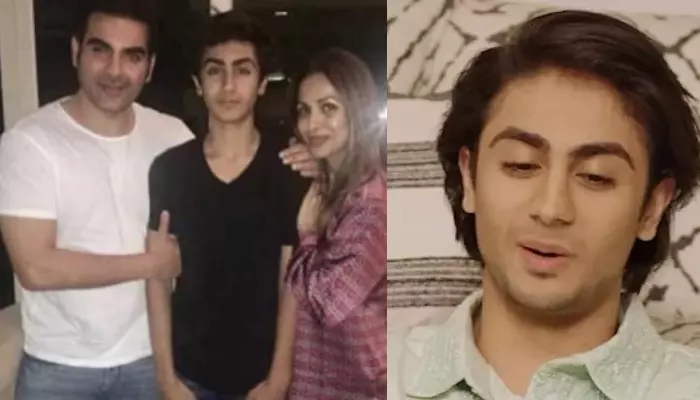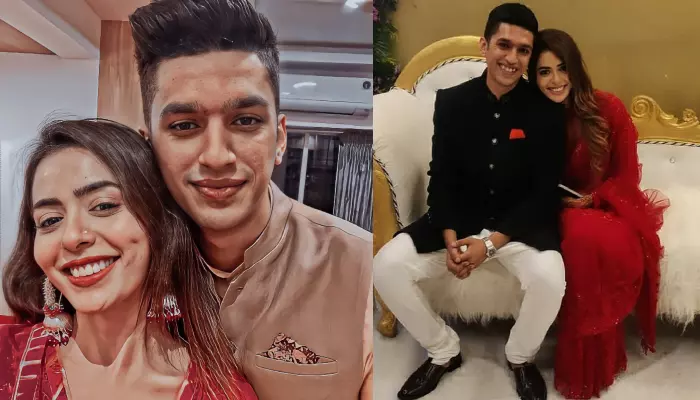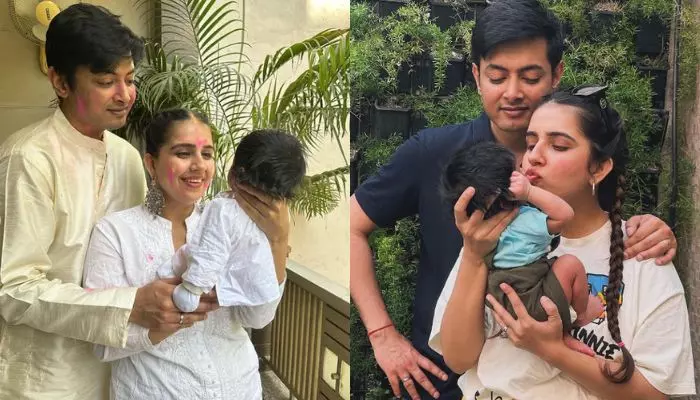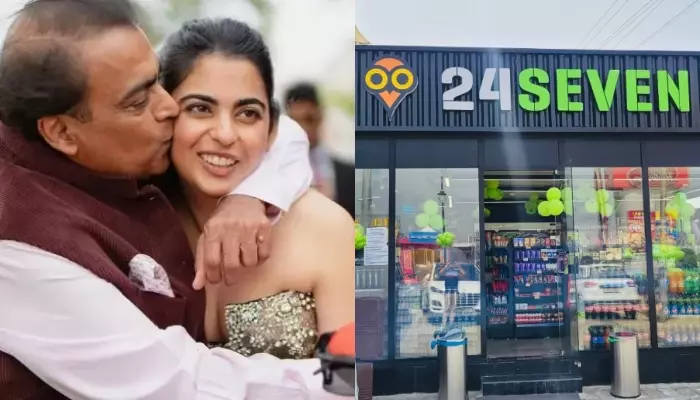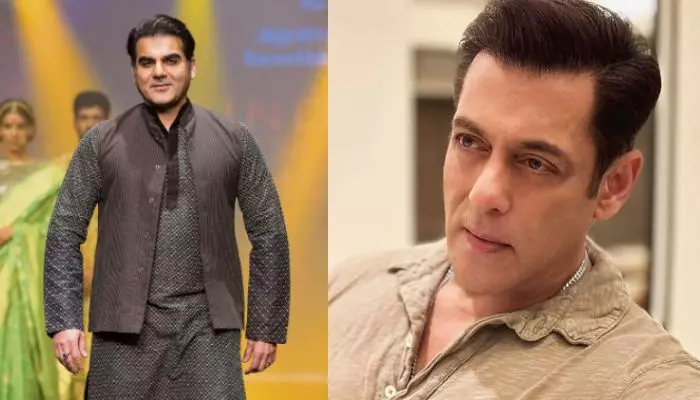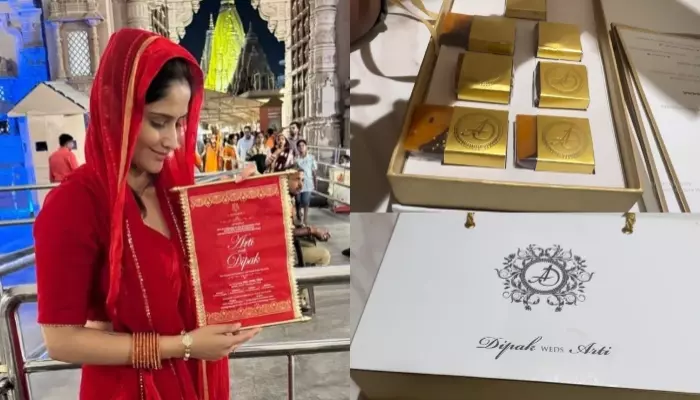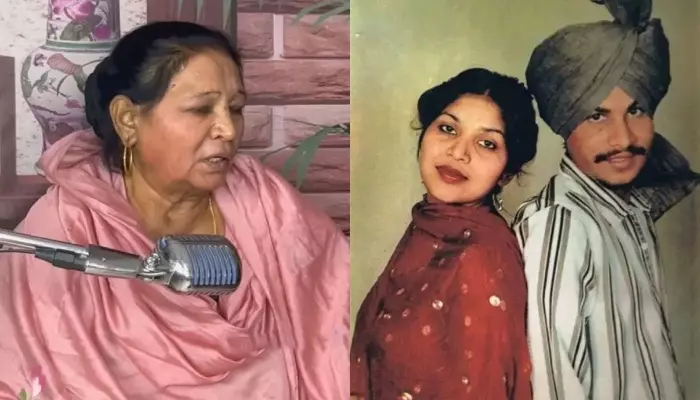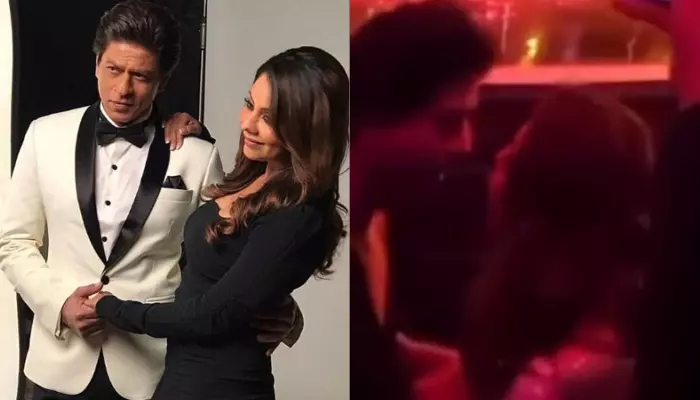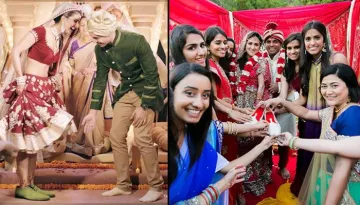Sacred Rituals Of An Indian Muslim Wedding Are So Much Fun; List Of Pre And Post Wedding Functions
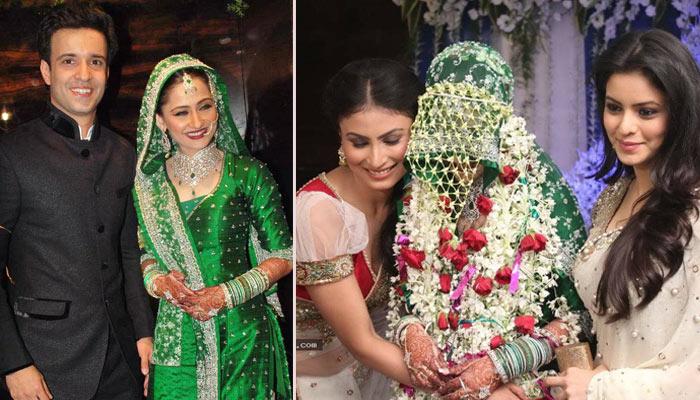
Muslim weddings are known as Nikah in Urdu. The ceremonies and rituals related to a Muslim wedding may differ according to the region, sects and customs of the people involved. But, down-the-line, every wedding has one significant purpose to it - celebrating the sacred union of two people (and two families, of course!).
Let us take a look at some of the most important pre-wedding, wedding, and post-wedding rituals of an Indian Muslim wedding.
Recommended Read: Kashmiri Wedding Traditions And Rituals That Make It A Beautiful Affair
Pre-Wedding Traditions and Rituals
The Istikhara ritual

Image Courtesy: Faizan Patel Photography
This is the most important ritual in a Nikah. The religious heads of the Muslim community come together to pray to Allah and seek his consent and blessings to commence the wedding.
You May Like: Sacred Rituals Of An Indian Parsi Wedding Will Leave You Mesmerised
The Imam-Zamin ritual
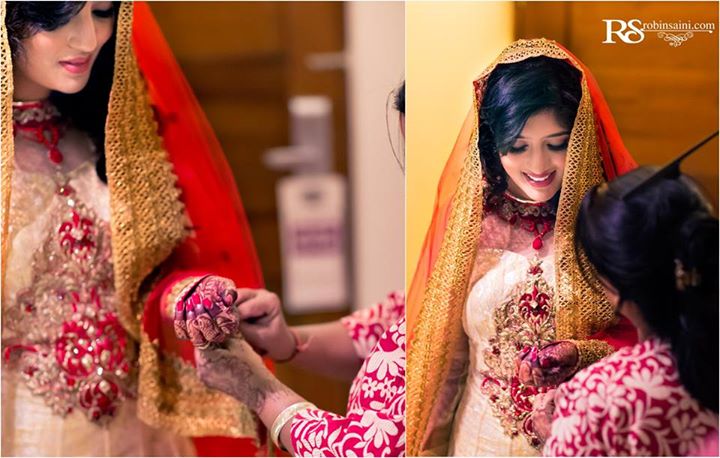
Image Courtesy: Robin Saini Photography
In this ritual, the groom’s mother visits the bride’s house bearing sweets and a gold or silver coin that is wrapped inside a silk cloth. She ties this cloth around the bride’s hand.
The Mangni

Image Courtesy: Mahima Bhatia Photography
Also known as the engagement ceremony, during which the boy and the girl exchange rings. Both the families also exchange gifts, fruits, dry fruits and sweets.
The Manjha ritual

Image Courtesy: Robin Saini Photography
During this ritual, the bride-to-be wears yellow clothes and a paste made out of haldi (turmeric) is applied on to her face and body. After the Manjha ritual, the bride-to-be is not supposed to leave her house until the wedding day.
Do Check Out: Real Couples And Their Colourful Haldi Moments
The Mehendi

Image Courtesy: Robin Saini Photography
The Manjha and the Mehendi ceremonies bear close similarities to the pre-wedding rituals of a Hindu wedding. In the Mehendi ceremony, beautiful and artistic henna designs are applied on the bride’s hands and feet.
The Sanchaq ritual

Image Courtesy: Robin Saini Photography
The groom’s family sends the clothes and ornaments for the bride that she is supposed to wear during the Nikah.
You May Like: 26 Wedding Superstitions From All Around The World That Will Blow Your Mind
Wedding Traditions and Rituals
Reception of the Baraat

Image Courtesy: DKreate Photography
The bride’s family welcomes the baraat (wedding party) with welcome drinks and gifts. The groom then shares a glass of sherbet (a sweetened drink) with the brother of the bride.
The Nikah

Image Courtesy: Sephi Bergerson Photography
The actual wedding ceremony is conducted in presence of the Maulvi (religious priest) and close family members from both the sides. According to traditional and religious customs, men and women sit separately. The bride is given a Mehr (a pre-decided amount of cash given to the bride) from the groom’s family.
The Maulvi, recites prayers from the Quran, and asks the bride if she agrees to marry the groom with the pre-decided Meher. This question is asked thrice. If she agrees, the same is repeated with the groom. This is known as Ijab-e-Qubul (proposal and acceptance). This if followed by the signing of the Nikahnama (marriage contract) by the couple. All the elders now bless the newly married couple.
Check Out: 6 Easy Ways You Can Look Super-Stylish This Navratri
The Arsi Mushaf Ritual

Image Courtesy: Robin Saini Photography
This is the time when the newly married couple gets a chance to see each other for the first time after the marriage is solemnised. A mirror along with the Holy Quran is kept between the bride and the groom. Through this mirror, the couple can see each other.
Post-Wedding Traditions and Rituals
The Rukhsat ritual

Image Courtesy: Robin Saini Photography
The bride bids a tearful farewell to all her family members after all the wedding rituals have taken place. On her arrival at the groom’s house, the bride is welcomed by the groom’s mother with the Holy Quran placed on her head.
The Walimah

Image Courtesy: Robin Saini Photography
A grand and lavish wedding reception feast, also known as Dawat-e-walimah, is organised by the groom’s family. This is a way to welcome the new family member as well as an opportunity to make a formal announcement of the marriage to the entire community.
The Chauthi ceremony

Image Courtesy: Robin Saini Photography
This ceremony is basically a lunch or a dinner organised by the bride’s family, when she visits her house for the first time after marriage with her husband. After the meal, they are showered gifts and blessings.
Recommended Read: 12 Super-Cool Indian TV Divas In Their Real Life Wedding Avatars
Well, we just hope that by now you are well-aware of all the fun-filled and sacred rituals that the Indian Muslim wedding embraces. In case, we missed out somthing and you want to add that too, you can share it with us in the comment section below!
advertisement
advertisement
advertisement

